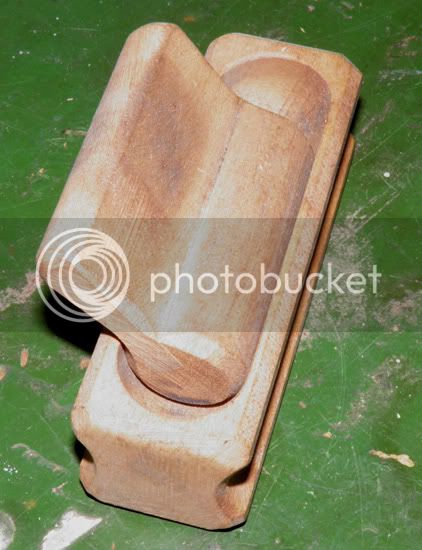hanshi
Cannon
All powders aren't graphite/carbon coated. "Jack's Battle Powder", a proprietary 3F made by Goex for Jack's Powder Keg, isn't coated. I've used a lot of it and without any complaints.


Maybe different people, preferred different grades of powder, same as today? And had the same discussions! Maybe some like fine powder for their pistols.
I have an original long rifle that was made back in that time period. I also have the horn, and the powder measure for the main charge, which is a hollowed out antler tip. Even though the rifle is of small caliber (.40") the measure holds a VERY small charge. Something less than 30 grains. This rifle wasn't just used to shoot squirrels, it was used extensively in some of the Oregon "Indian wars". So, I wonder if super fine powder might not be preferred in a small caliber rifle, maybe to get more shots out of a pound of powder? I am asking, not saying, as that rifle was often so far out in the wild country, that re-supply would have been a problem. This rifle also has a Sublett and Meeks connection.
So, if a high voltage charge of electricity hits a pile of black powder it will freely pass thru the outside layer of charcoal or graphite from granule to granule without producing any heat to ignite the powder. That is why static electricity will not cause the black powder to explode.
As for the graphite, it is not added to the black powder to protect it from moisture or humidity.
According to Bill Knight, (Mad Monk), the graphite is added to the corned black powder to facilitate screening it.
Also the "g" used with in the Fg, FFg, FFFg, or FFFFg indicates the powder has been "glazed".
"Glazing" is the process of tumbling the powder to knock off the small sharp corners left from the corning process. It leaves the granules much smoother so it will pour easily thru the packing machines and thru your black powder horn or flask.
Those sparks were a few milli-amperes, but I did the same test using sparks delivering over 1000 amperes, with a different - but same - result; the powder didn't ignite because the duration was too short and most of the energy was dissipated in the air, blowing away the powder grains but not igniting them. This web page (and video at the end of it) shows all the attempts to ignite any type of powder. Spoiler, I was finally successful...High voltage , no amperage.
It takes 75,000 volts to clear a 1 inch air gap.
It's amperage that does the heating, not voltage.
The static charge must contain sufficient amperage to ignite the powder.
A lightning bolt has between 10,000 and 200,000 amperes of current.
How many amps was that test ?
I mean who among us hasn't taken 2 or 3F,, ground it down to finer powder and tried it?,

Enter your email address to join: